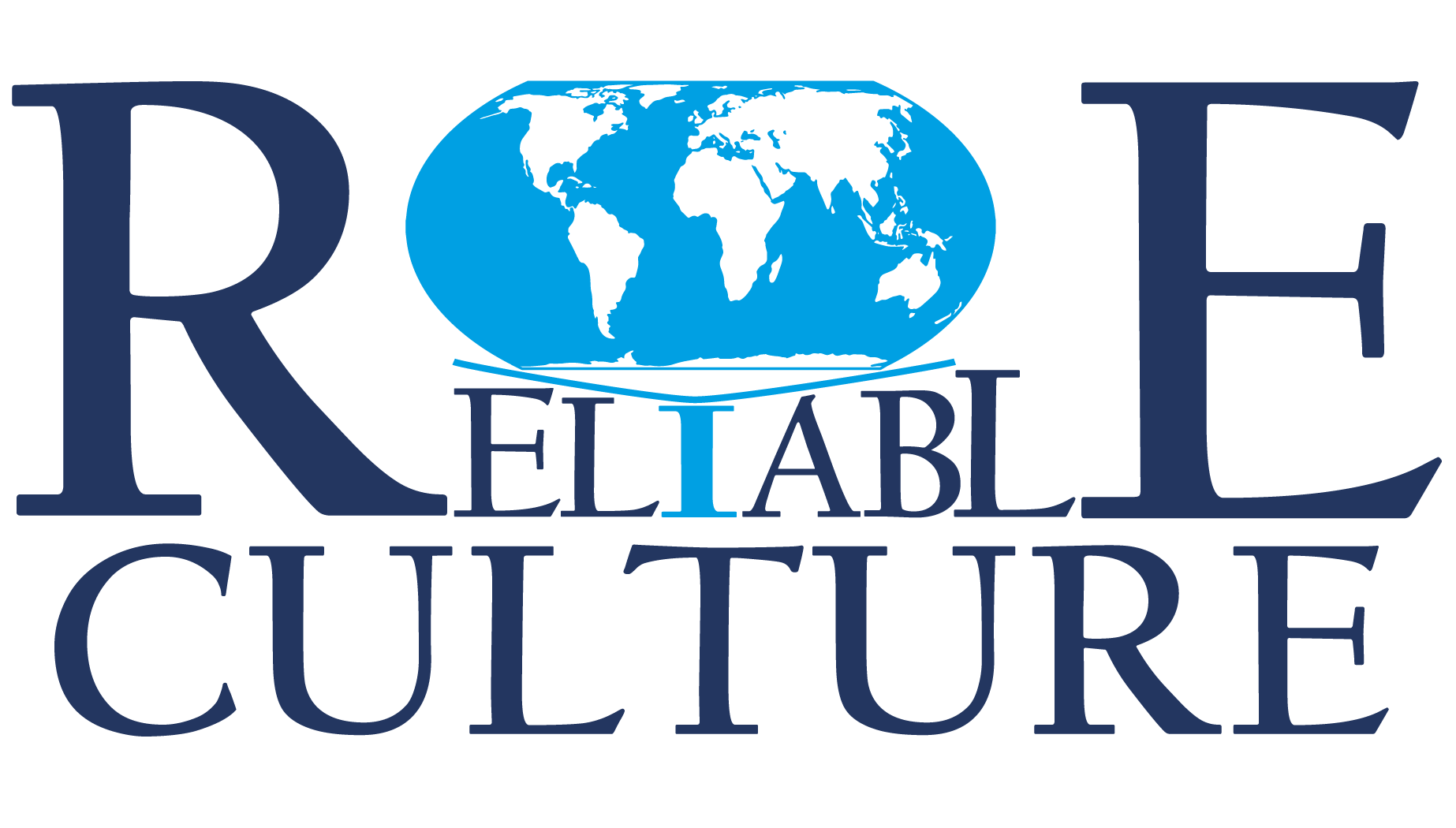
Organizational Alignment is a service that helps companies to overcome dysfunctionalities and improve their performance. However, not all leaders understand when to go for this service as they believe that if everyone does their job well (independently from each other), the business will run well, and further, if everyone works 10% more every year, the business will reach breakthrough results in a few years. Unfortunately, this is not the case most of the time, and sometimes, departments or units start sabotaging each other, making it difficult to achieve the overall business goal.
There is the saying that “If you want to make people happy, sell ice-cream, don’t become a leader!”, and this captures some of the complexity of the life of a leader and the tough choices they have to make sometimes. However, some good questions to be asked further could be: does it always have to be like that? or all the time? Above which level of people’s “unhappiness” the situation becomes dysfunctional and doesn’t serve the initial business purpose? We’ll sketch a brief answer in the following article as this is one of our services, that our clients appreciate.
The misconception that if everyone’s work plan makes them do a little more every year, the business runs much better every year, is of course false. This could work out with some robotic processes, but when we are talking about groups of humans, it doesn’t work.
- The above-mentioned reason is one of the triggers for which departments or units go into their shells and start initiatlly protecting their resources from each other, and further they might even start sabotaging each other, in order to deliver their increased KPIs independently of the other departments, or even independently of the overall business.
- A 2nd reason would be the appointing of an immature leader for one of the units, that without wise guidance will create all sorts of dysfunctional defense mechanisms inside the unit, triggering the other units to adapt (either passive-aggressively or through increasing the pushing and the frictions).
- A 3rd reason could be the fact that the recruitment process is a random one and some strong egocentric personalities are integrated into a weak organizational culture, and they will focus mostly on their agendas, disregarding the overall goals of the business.
- A 4th reason can be cultural differences. There are very few cultures (even among the developed countries) that can maturely accept conflicts and what these conflicts can bring on the positive side. For some humans, even the use of the word “conflict” is too emotionally loaded and they’ll do anything to avoid just the word, not to mention any conflictual situation. Coming as a leader who believes that conflict can bring out the best in people, in a culture where “the conflict” is associated with negativity, will hurt the department and the overall the whole business.
- As well, other external traumatic events (like covid-19) could be at the root cause of such dysfunctionality in case the organization wasn’t prepared at all and didn’t want to invest in an organziational Alignemnt.
- Sometimes the “fighting departments” situation is not the only issue in the organization and the overall state of “chaos” would best describe the feeling most of the professionals have inside the company, so thinking holistically can help in a long-term approach to stabilizing the organization.
So, what’s next? The Past is gone, and the mistakes were done and acknowledged, but does that mean the organization has to struggle with its current dysfunctionalities ongoing? Of course, not. And it can even tackle them in an efficient way, for the benefit of everyone involved, and mostly for their share holders and for delivering the business!
1st. The first step would be to understand the complexity of the dysfunctionality of the organization, and which type of negative environment the organization really has. As elaborated in another article, the organization can suffer from too much bureaucracy, too much politics, too much silo thinking, too strict or a too loose work environment, too much counting on spreading the news via rumors, or putting far too much pressure on its professionals. Ideally one would do this evaluation early on, even independently from some other planned next steps, at least to intuitively tap into the options they further have in terms of leadership behaviors.
2nd. The Leadership would get to understand the wishes and the KPIs of all of their stakeholders and units (maybe also its Diversity in its full scope, including the professional and the functional diversity) and would create a Coherent, Aligned, and Engaging Strategy, that keeps at its core in a very transparent way the Business purpose, but also integrates the human factor (with their ways of working) at its required level of importance and focus.
3rd. The complexity of the 3rd step depends very much on the first two, and it wouldn’t be useful for any business that struggles with this state of affairs, to work on general recommendations, because no one really has enough resources (time, energy, and budget) to randomly try to improve everything. Nevertheless, in this step, the faulty systems are adjusted (maybe the recruitment system, maybe the way the communication is currently done, maybe the retention policy, the rewarding policy, or the relationships between the departments and their KPIs). In quite a few numbers of cases, after the 2nd step is concluded, the usual business dilemmas are discussed much easier and are addressed more constructively, and the overall negative atmosphere is defused. This happens because the key professionals get a good understanding of how group behavior works, and they also get the needed clarity for the goals of the organization. As a good rule, the majority of the professionals have good intentions, it is just the lack of understanding of how group behavior works, and that unconsciously puts them in opposite leadership philosophies.
It is important to understand that any healthy business or Organization in any economic environment will have to accept a degree of adversity between their units or departments, and between their professionals, due to the fact that the environment is constantly changing – it is a VUCA world at the end of the day. Hence, the leaders still have to choose their way forward, based on their own experience and ideally with enabled available professional support. An important aspect here is to understand that not all of the conflicts are due to the Organizational Culture, but you can find a brief structure for conflicts here (from one of our webinars on this topic).
Having defused the negative atmosphere and the unhealthy adversity between the units can make room for the Organization to expand, enable more innovation, or prepare for a digital transformation process. It can also make room for the Organization to work on its identity which can further lead to an Organizational Transformation that might be disrupting its industry, by actually using the current changes in the external environment for their own benefit and for the benefit of their clients and partners.
Check out our Service on Organizational diagnosis: https://reliableculture.com/services/organizational-culture-diagnosis/

0 Comments